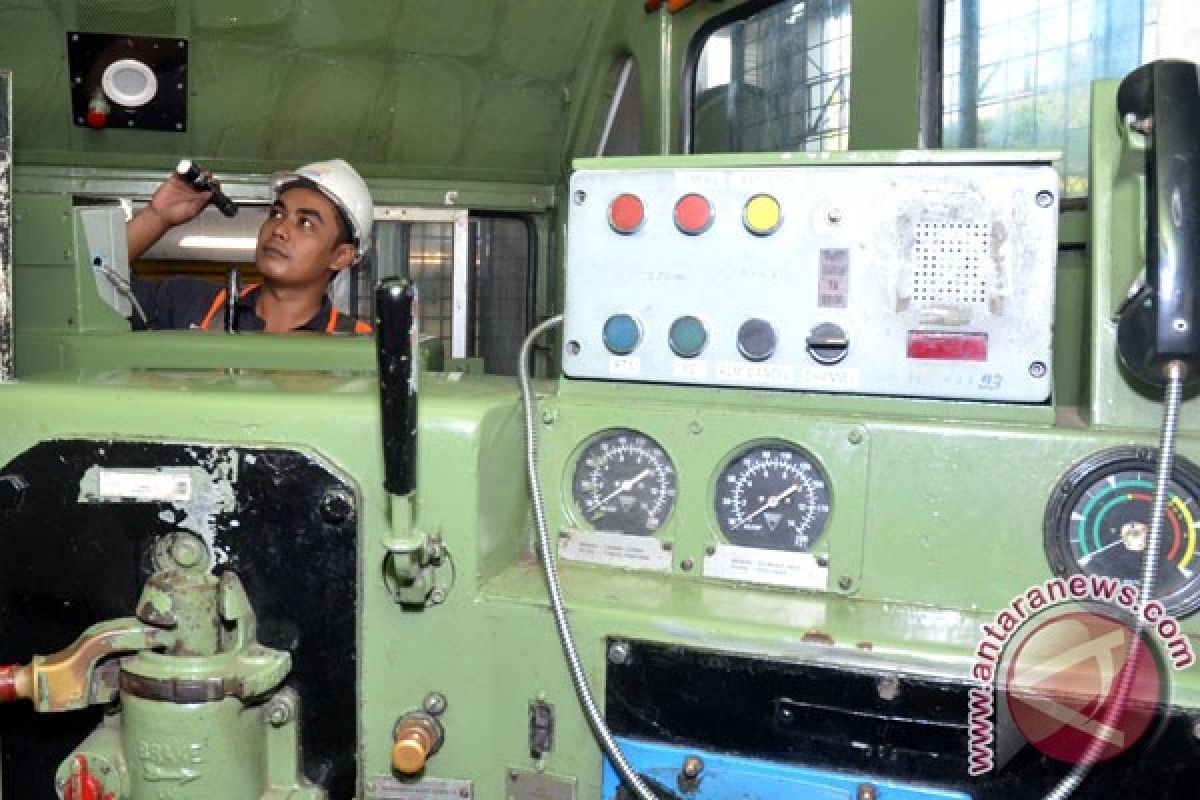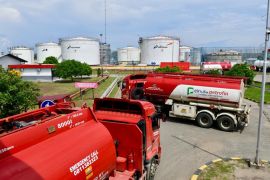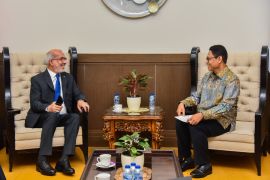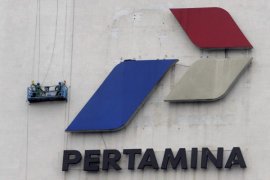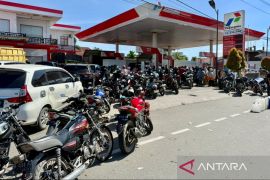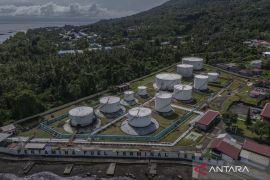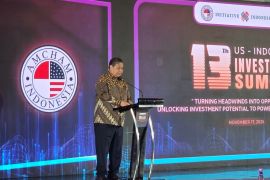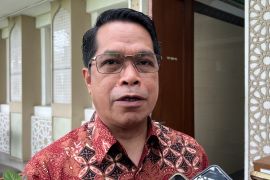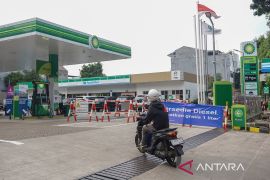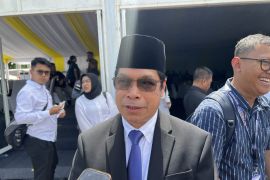At the moment, our supply comes from Bontang, East Kalimantan."Yogyakarta (ANTARA News) - Indonesian Railway Corporation (PT KAI) and state-owned gas and oil company PT Pertamina are conducting a liquefied natural gas (LNG) fuel trial for a train power station.
The fuel is expected to be available for commercial use by April 2018.
"Based on the trial we have carried out, LNG is a better and more efficient option for the train power station compared to diesel fuel," said Yogjakarta Railway Services Hall (Balai Yasa) Executive Vice President Eko Purwanto in Jogjakarta, Tuesday.
He thinks the use of LNG is up to 80 percent more efficient compared with diesel fuel.
A train tank filled with the liquefied gas can be used for a return journey from Yogjakarta to Surabaya, East Java, and back to Yogjakarta.
"The distance is comparable to the mileage between Jakarta and Surabaya, which indicates the highly efficient use of LNG," he continued.
He hoped the use of LNG fuel, instead of diesel, would increase the service quality for railway users.
In addition, Pertaminas LNG Vice President Didik Sasongko said gas fuel is much more environmentally friendly compared with diesel.
"In the future, we hope to see LNG fuel being used not only for train power stations but also for locomotives, and we are targeting its commercial use by April 2018," he reiterated.
Pertamina will build distribution points at a number of locations, where trains can be fuelled with LNG.
"At the moment, our supply comes from Bontang, East Kalimantan," he noted.
Meanwhile, Head of Research and the Expansion Board at the Ministry of Energy and Mineral Resources Sutijastoto claimed the use of LNG for trains holds important value for the government, as it supports the conversion of transportation fuel from oil to gas.
Today, the consumption of oil fuel for transportation purposes reaches 82 percent, which is quite far off from the governments target of lowering the number to 20 percent by 2025.
"Oil fuel consumption in other sectors has actually met the target, including industrial use at 10 percent, household consumption at 3.5 percent, and generators at 3.5 percent. Transportation energy conversion appears to be the most challenging case," he remarked.
For that reason, he continued, people need to see a tangible use of gas fuel, including through the Railway Corporation.
(Reported by Eka Arifa Rusqiyati/Uu.KR-ARC/INE/KR-BSR/F001)
Editor: Priyambodo RH
Copyright © ANTARA 2016
